The Secret to Making Money as a Pilates Teacher (That No One’s Talking About)
Let’s cut to the chase: Most Pilates teachers aren't making the income they hoped for.
And it’s not because they aren’t talented or passionate.
It’s because no one taught them how training feeds into the business side of their future career and how this industry really works.
Whether you're considering your first teacher training or you're a few years in and wondering why the financial picture still isn’t adding up—this post is for you.
Here are three key truths about how to actually earn a sustainable, profitable income as a Pilates teacher:
1. You get what you invest in.
Studios that pay top dollar are investing in their staff—and they’re looking for teachers who’ve done the same.
If your teacher training was cheap, fast, or entirely online, you may find yourself locked out of the studios that pay best. Why? Because hiring managers know what to look for—and they know the level of skill, commitment, and mentorship it takes to thrive in a high-end studio environment.
Professional studios hire from professional programs. Period.
2. Experience is non-negotiable.
The highest-quality training programs don’t just hand you a certificate—they require real-time independent study hours. That means observing seasoned teachers, practicing what you’ve learned, and teaching others.
If your training doesn’t include this, you’re missing critical steps. This is where you refine your voice, develop your eye, and start to own your craft. This is also something that top hiring managers and owners are looking for. They are not all that interested in having you ‘train on the job’ when their clients are used to the best teachers in their market.
Yes, it takes time. Yes, it takes effort.
And yes—it’s exactly what prepares you to charge what you’re worth.
3. Where the grads go tells you everything.
Before you enroll in any training, ask this one question:
Where do your graduates work?
The answer is your career preview.
The lowest-paying jobs are in big box gyms and low-cost, high-volume reformer studios—many of which don’t even require full certification.
The highest-paying roles? Those are in corporate wellness programs, high-end luxury gyms, boutique studios, ballet companies, and country clubs. You’ll also find successful grads opening their own studios—another strong indicator of a program that builds leaders.
Red flag: If a program’s graduates only teach at the studio where they trained, it may be more about feeding their business than supporting your career. That’s not a training—it’s a pipeline.
Want the real inside scoop? Call the studios where you dream of working. Ask if they hire graduates from the programs you're considering. Their answer will tell you what the marketing materials won’t.
Bottom Line
If you're serious about making Pilates your profession—not just your passion—you need to approach your training like the business investment it is.
Your training will have: Long hours. High standards. Big commitment.
That's the model that produces confident, skilled, well-paid teachers.
The more we talk about this, the more we raise the standard—and the income—for everyone.
There’s a reason the #1 search queries on google for Pilates teachers all boil down to “what do Pilates teacher get paid”. Don’t rely on google, use the above tips to take control of your future career today!
✨ Curious about what a strong teacher training pathway can look like?
✨ Want to train teachers in a way that sets them up to succeed?
We're building a movement that’s rewriting the rules for Pilates careers—one teacher, one studio at a time with Rebel.
Book a call with us! —>>

